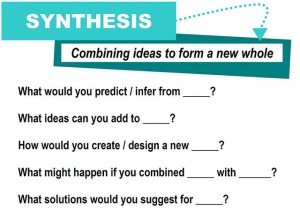11.1 Synthesizing the Information

After you have completed the bulk of the information strategy process, you will have a great deal of information from which you will pitch your idea and/or craft the message. You will have eliminated any material that you’ve found to be erroneous or questionable, updated facts that are not current, identified differences in viewpoints, and put into context information that reflects special interests.
Even after you’ve sorted and selected, you will still have much more information than will ever actually be used in the message. If you don’t have much more material than you need for your message, you have a different kind of problem – a faulty information strategy may be the cause. Or, if you find discrepancies in data between sources you’ve used, you will need to re-examine the information you’ve located.
For example, if the message you’re preparing is about adult illiteracy, during the evaluation step you will have reviewed the material for your tests of evidence such as accuracy, verifiability, external consistency, etc.. You may have found some information in your search from studies produced by organizations attempting to attract potential donors to campaigns against illiteracy. You might then suspect that these organizations have an incentive to exaggerate the prevalence of adult illiteracy. If this is the case, you would evaluate this information carefully and report the agenda of the information source to the audience.
If the statistics on adult illiteracy are not consistent across separate studies, you’ll need to go to additional sources, perhaps retracing earlier steps taken in the information strategy. At this point, you may loop back through the process as you seek to plug holes in the information you need as you prepare the message.

